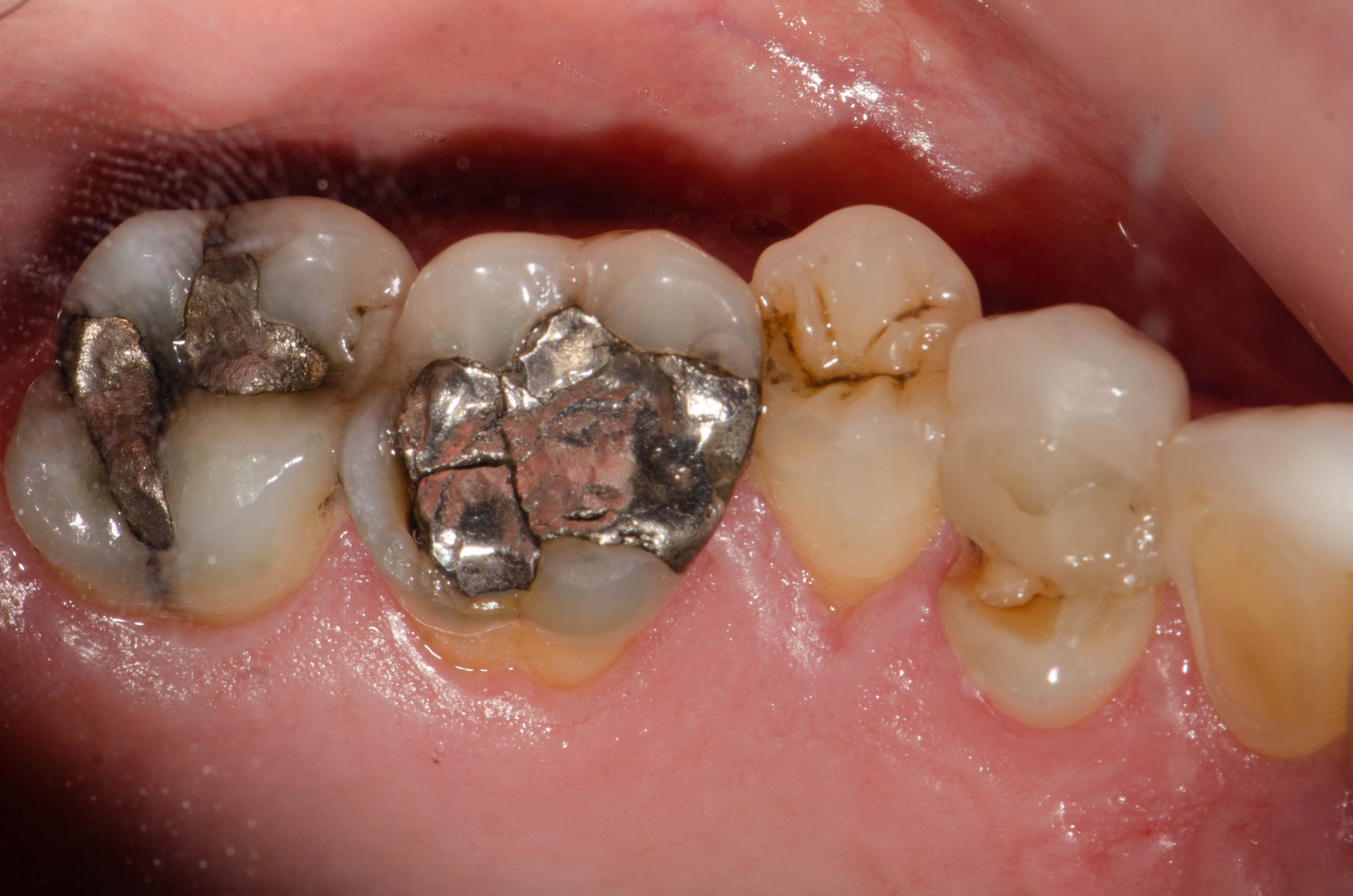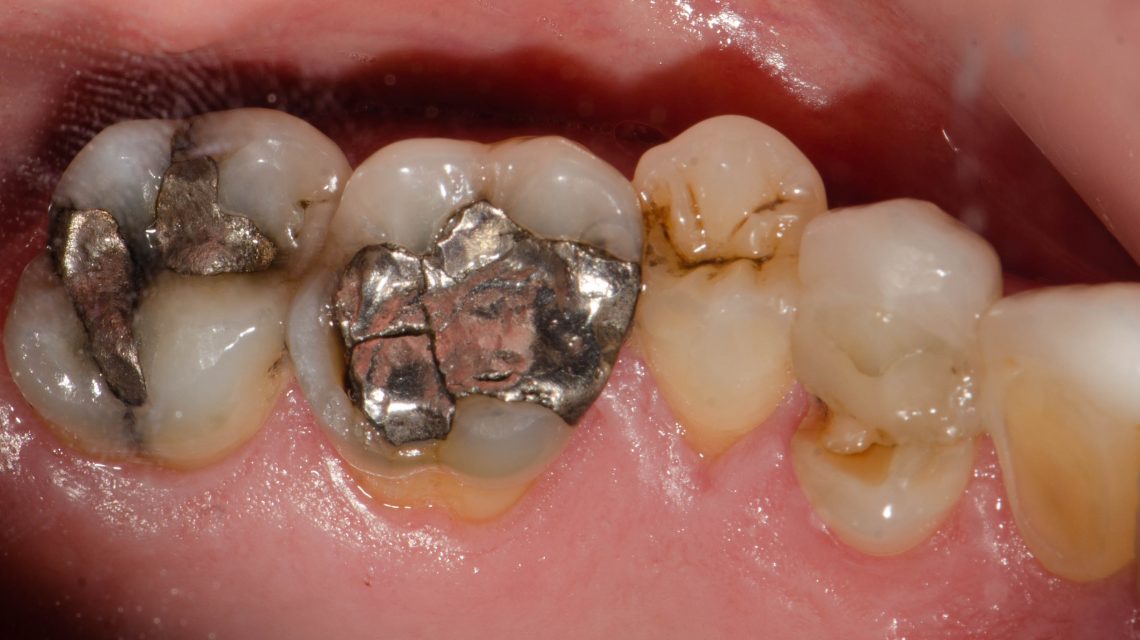Ever wonder why posterior crowns need so much adjusting or why molars break and fracture much more often than other teeth? In many patients, the answer lies in the slide, or difference, between where they think they bite and where they actually bite when the condylar head of the mandible is fully seated.

When a person opens and closes, the condylar head and the articular disc move down the articular eminence and are balanced and supported by the lateral pterygoid muscle. The lateral pterygoid has to contract in order for us to open and remain open. It is the main muscle responsible for stabilizing the condyle in position outside of a fully seated position.
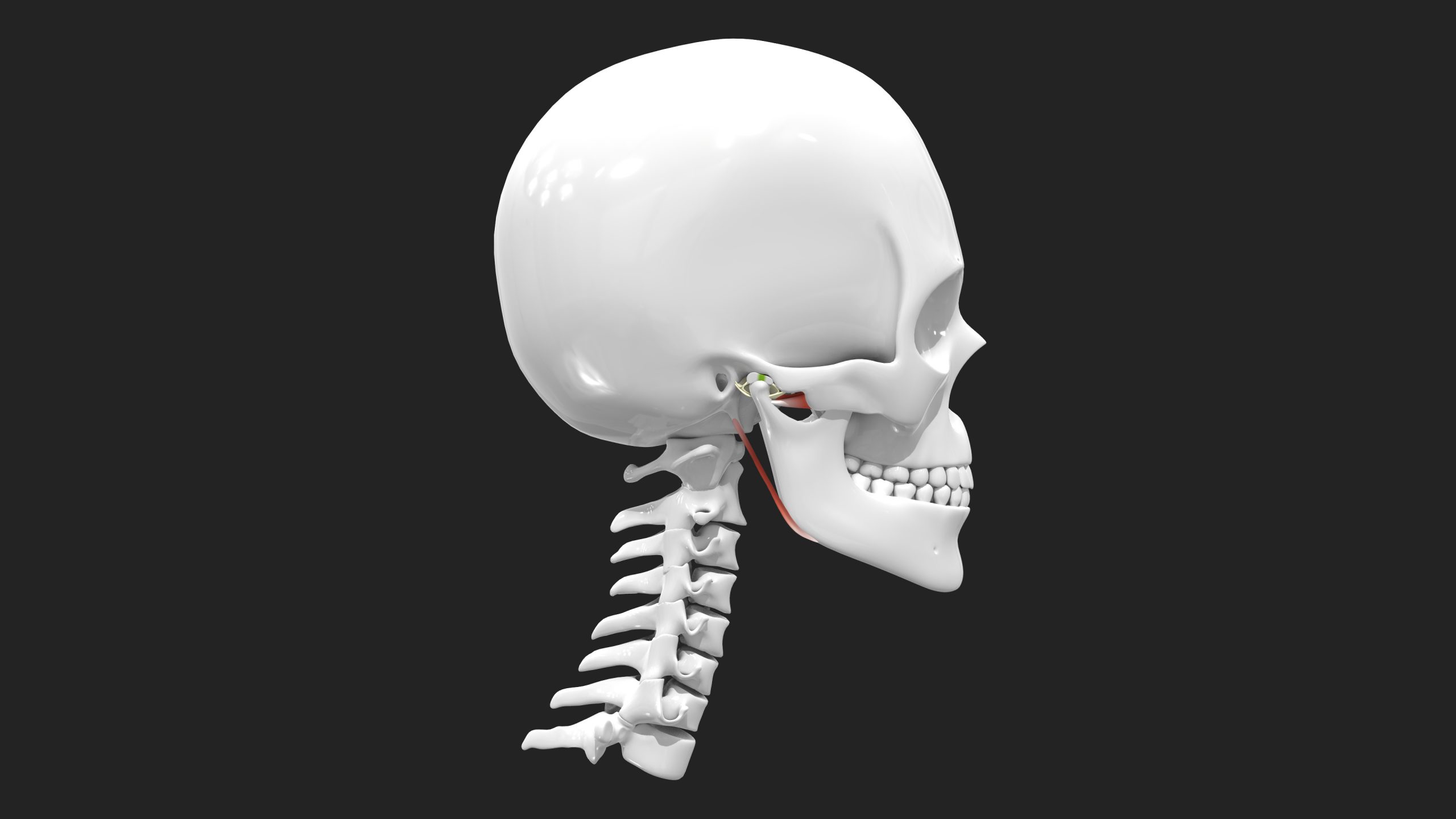
Many people don’t fully close into MIP (maximum intercuspation) with the condyle fully seated. And many are unaware of this and so are we as clinicians.
When the condyle is fully seated, and the teeth don’t meet in MIP, there is often a posterior interference (second or first molar) where the mandible then has to slide forward slightly in order to fully close into MIP. So the lateral pterygoid muscle has to contract in order to hold the mandible in that slightly forward position.
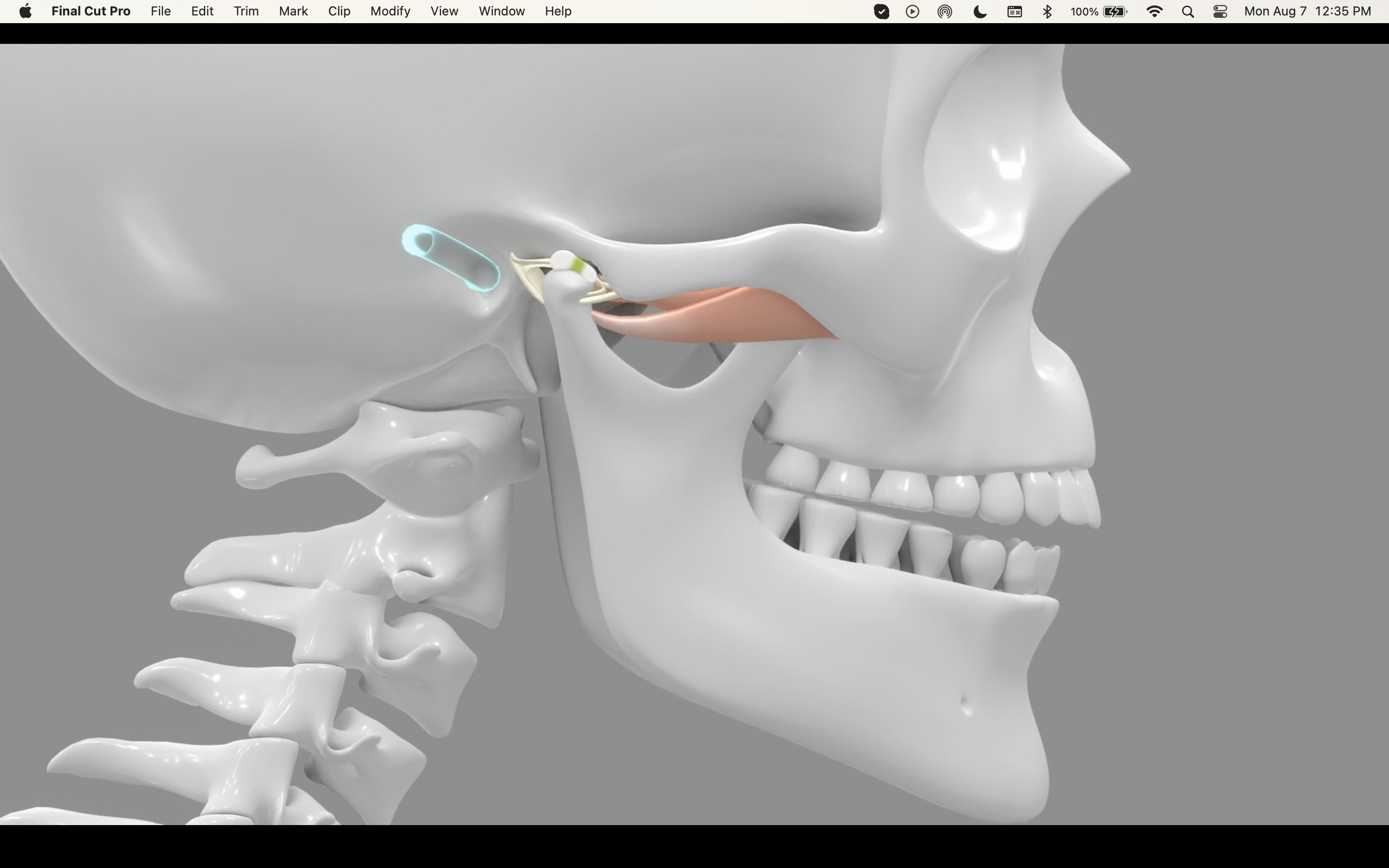
If this person that has a CR-MIP slide has a dental appointment where they are open for some time, when they finally go to close fully, the lateral pterygoid can relax and seat the condyle fully. When they bite down, their bite doesn’t feel right. And if you prepped a second molar for a crown, you then go to place it in the mouth and it doesn’t fit, or you have to adjust it a lot in order for this person to feel like they can close, you know that’s what likely happened.
A simple way to test that, prior to any treatment, is to use a leaf gauge. Place a leaf gauge between front teeth, tell them to slide forward and back, leave them like that for a few minutes, then check contacts with articulating paper on both sides as you dial down the leaf gauge. If the first tooth contact is somewhere on the back teeth, and you are still removing leaves, then they have a CR-MIP slide.
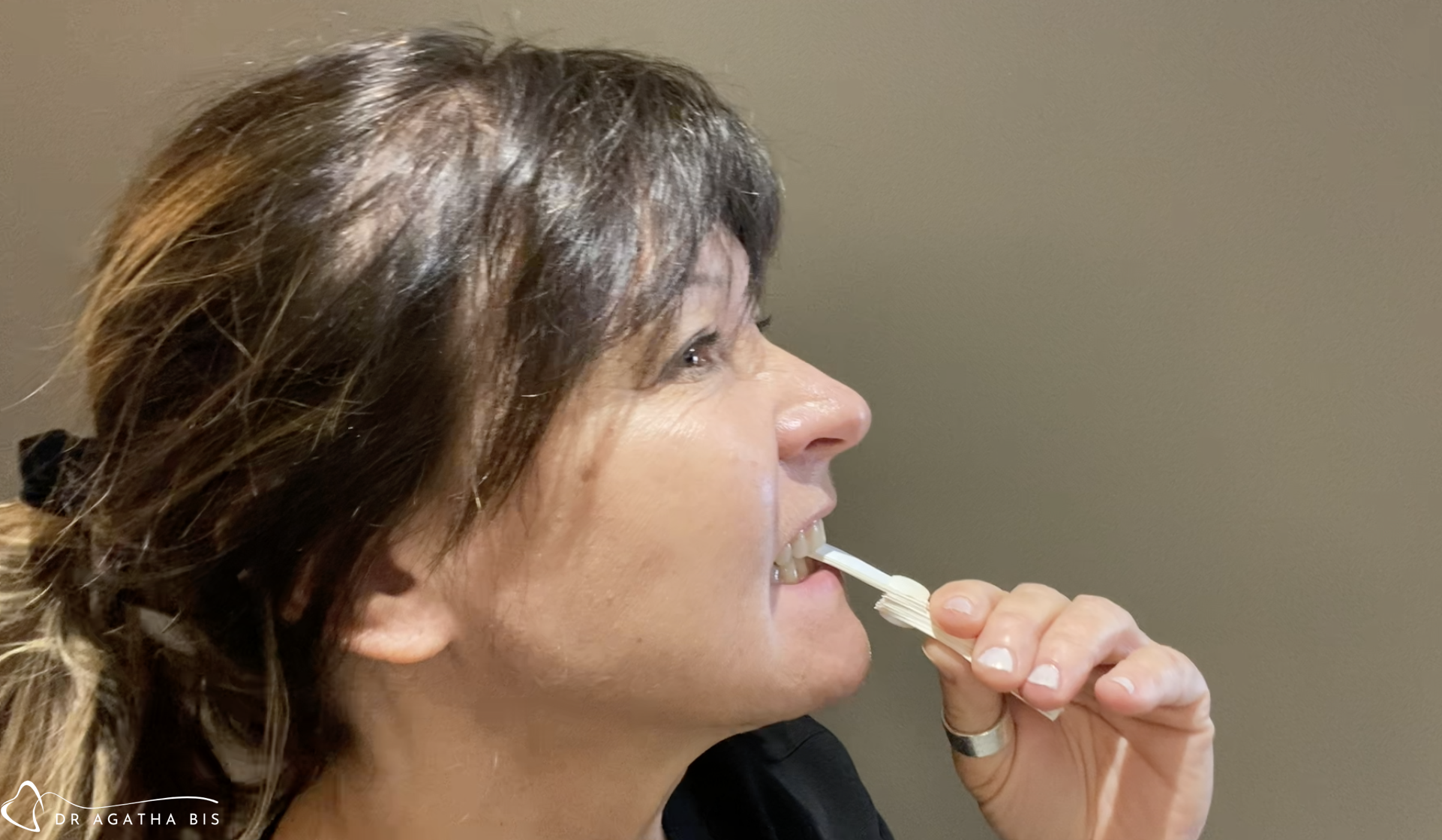
The problem with this, or rather not recognizing it, is that these patients can break the crowns we place or they will complain about their bite not being right after we do any dental work. This may be only a slight slide, but if we place even a simple filling in a molar, and they then come back and say “my bite doesn’t feel right ever since you put that filling in”, that is likely a CR-MIP slide issue.
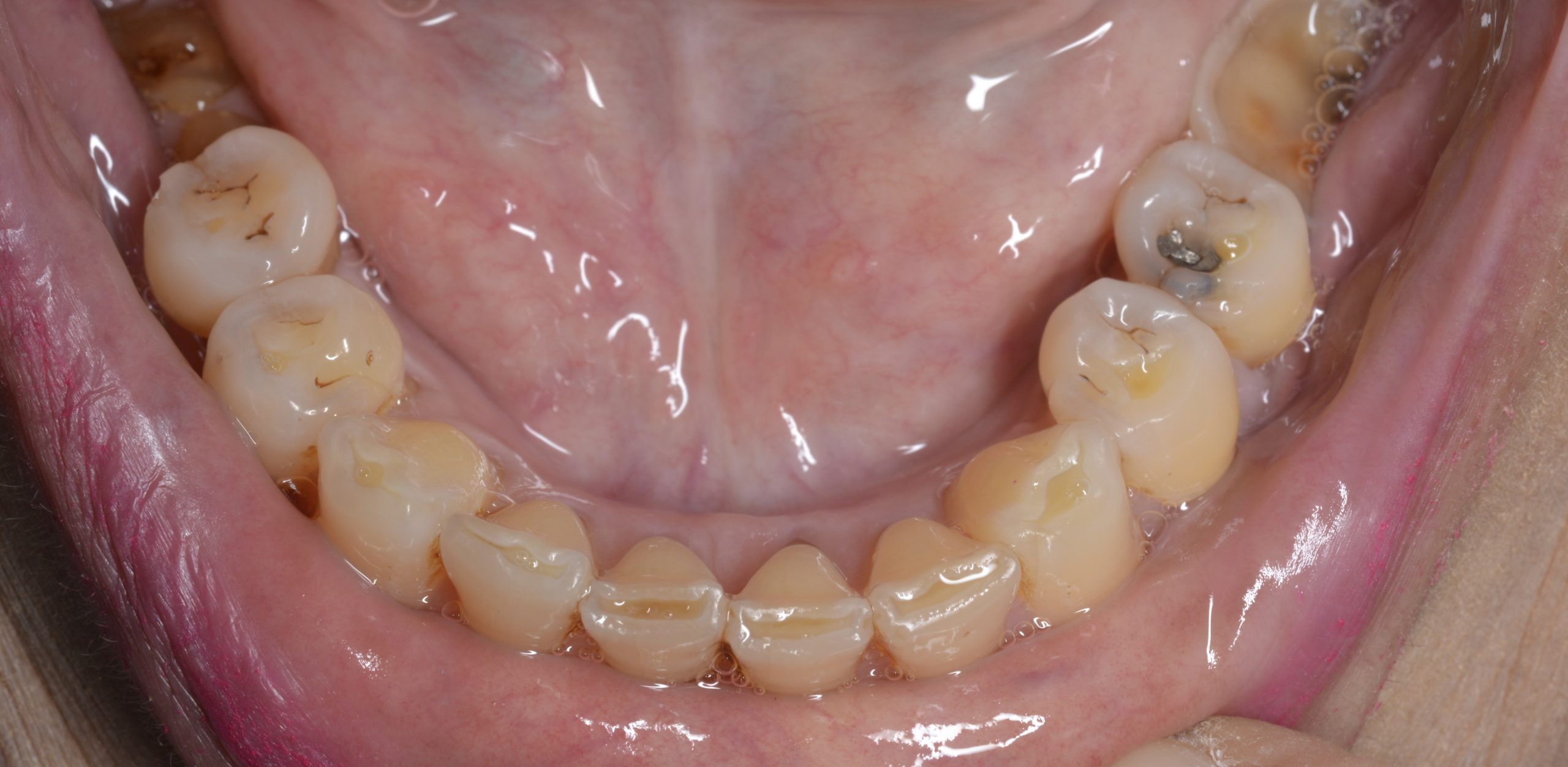
These patients will often have significant wear on posterior teeth so if you see posterior wear or molars breaking, fractured cusps, or worn fillings, consider checking for CR-MIP slide and equilibrate them into CR to prevent or at least lessen the chances of these issues. Don’t forget to check the Temporo-Mandibular Joint (TMJ). If TMJ is degenerated, we don’t want to distallize the mandible and equilibration in this patient would not be indicated. Check out other blogs and videos on this topic for more.
